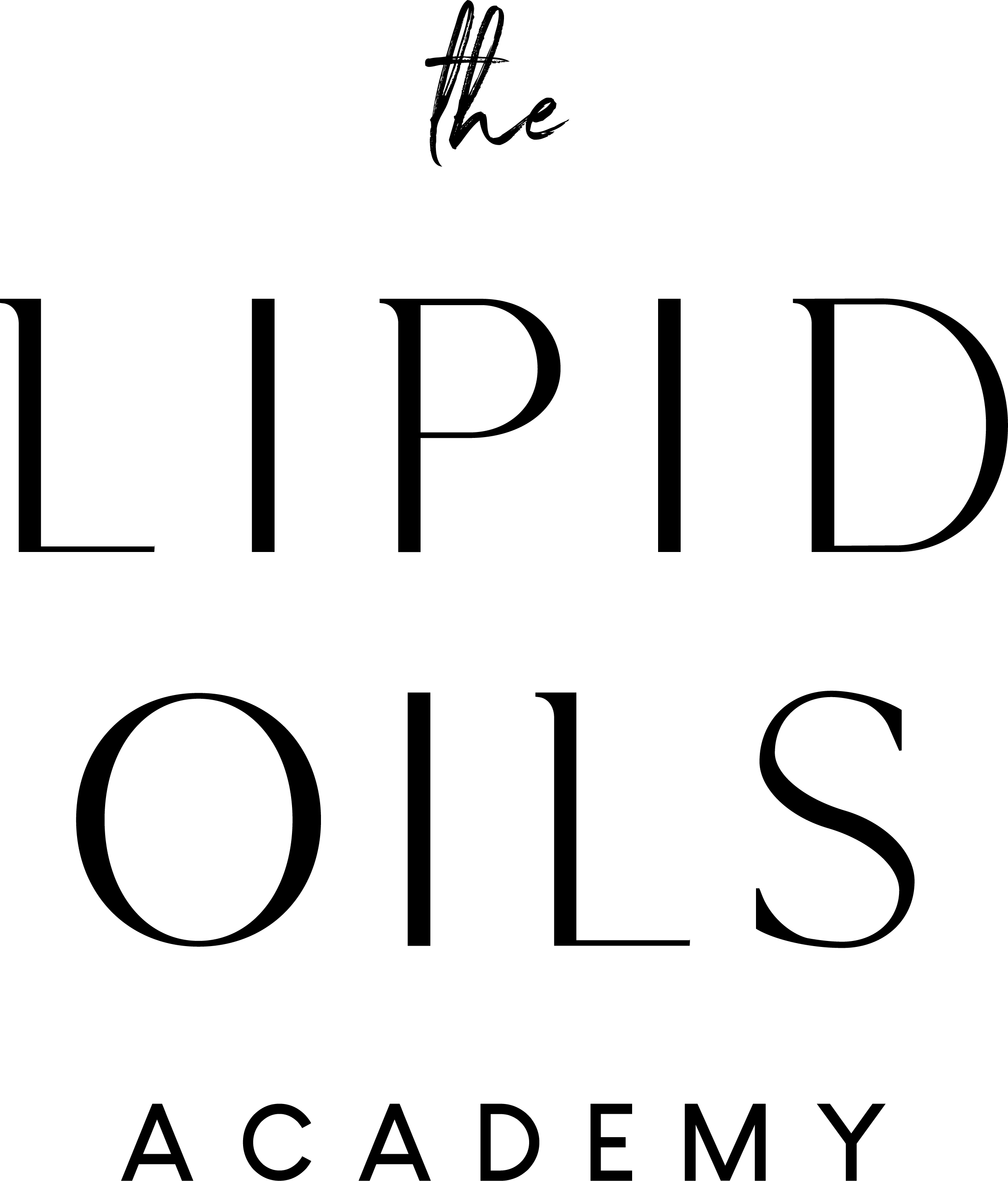In topical aromatherapy blends, massage oils, facial oils, or body oil, the carrier oils make up the largest volume.
And since they are such a central part of so many skincare blends and formulas, finding the best ones for your intended purpose makes a lot of sense.
Carrier oils are often treated like a ‘neutral’ base for the more active ingredients, but they have tremendous therapeutic properties all on their own.
Choosing the Right Carrier Oils
With so many carrier oils available, choosing among them can be challenging.
Here are a few foundational examples to start with:
Almond, Apricot, and Peach kernel oils - members of the Rose family, similar in profile and used interchangeably.
These are dominant in oleic acid and have a shelf life of at least a year, longer under optimum conditions.
Camellia seed and Hazelnut oils - considered dry oils, meaning they do not feel oily on the skin.
Their astringent properties are excellent for overly oily or blemished skin.
Jojoba, Meadowfoam seed, and Abyssinian seed oils - protective of the skin with very long carbon chains that mimic the oils produced in the skin.
These oils also have exceptional shelf life.
Each of these oils offers distinct therapeutic qualities and by learning how their fatty acid profiles differ, you can make more intentional choices in your aromatic work.
Carrier Oils for Inflammation
Inflammation of the skin can damage cells and cause premature aging.
Using plant oils with specific properties like GLA (gamma-linolenic acid) and plant sterols helps calm inflamed skin and support healing.
Evening Primrose seed oil has about 10% GLA and is well known for soothing and healing skin conditions such as eczema and psoriasis.
Borage seed oil has the highest percentage of GLA at 25%. Because of its strong odor, it is best used at around 15% blended with other carriers.
Black Currant seed oil sits in between, with GLA around 15% and a generous healing fraction to supplement its beneficial fatty acids.
Plant sterols, oil-soluble plant compounds, also help calm inflammation and nourish the skin.
At the top of the list are oils from the grains: Wheat Germ, Rice Bran, and Oat oils, all high in phytosterols that help reduce skin eruptions and support collagen health.
These oils don’t just dilute essential oils, they actively shape the skin’s response and long-term health.
The Other Half of Aromatherapy
When you start to work with carriers not as neutral bases but as active ingredients, your entire approach to aromatherapy shifts.
You begin to see that the lipid portion of your blends, the fatty, fixed oils, is every bit as therapeutic as the aromatic portion.
